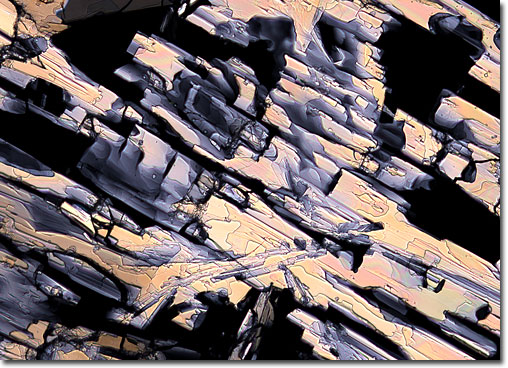|
Many of the current regulations regarding the use of carbofuran are related to the pesticide’s high toxicity to fish and birds. Indeed, the association of carbofuran with hundreds of documented cases of avian death, some of which involve large amounts of birds, has caused particular concern. In a single incident in Oklahoma, for instance, approximately 500 Canadian geese perished after feeding in a field treated with liquid carbofuran, while in a similar event in California, exposure to the pesticide was deemed the cause of death for almost 2,000 ducks. Some environmentalists believe that the granular form of carbofuran is even more hazardous than the liquid variety, since a single granule is toxic enough to kill a small songbird if ingested.
|
